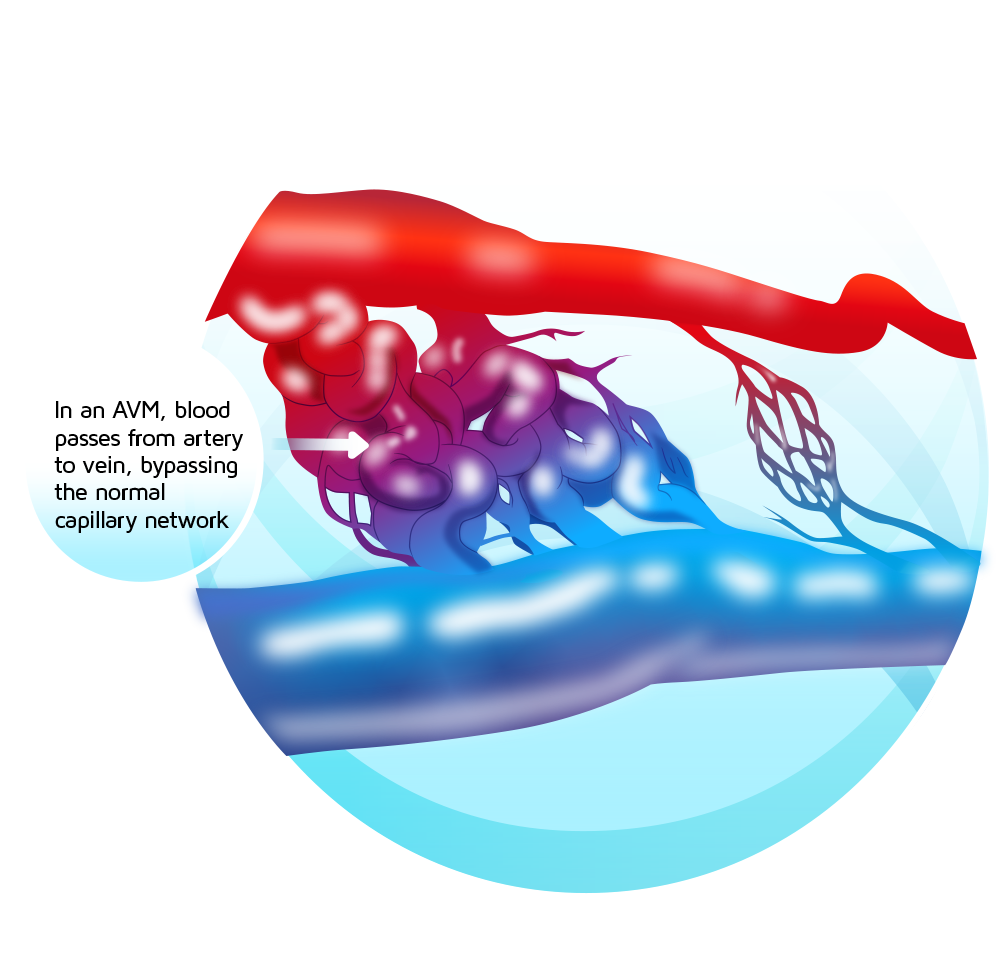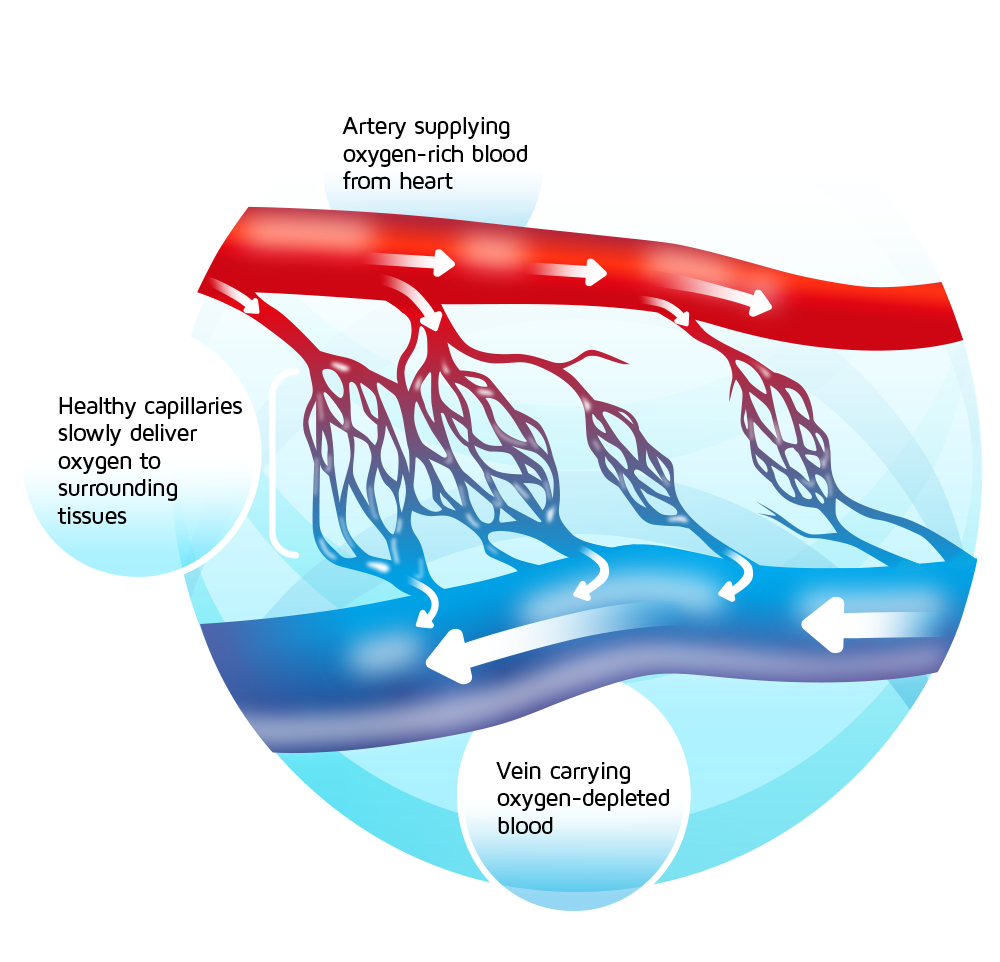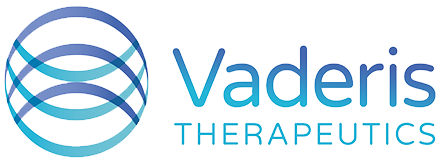Sustained over-activation of AKT causes vascular overgrowth leading to development of AVMs and telangiectasia subject to rupture and bleeding.
![]()
AVM/Telangiectasia

VAD044 normalises AKT activation in HHT model
![]()
Reducing lesion size and normalising vasculature
Normal

There are a number of diseases caused and characterised by abnormal blood vessel growth, leading to vascular malformations such as telangiectasia and arterio-venous malformations.
Hereditary Haemorrhagic Telangiectasia (HHT) is caused by the mutation in either ENG1 or ACVRL1 genes, leading to type 1 or type 2 form of the disease respectively. HHT patients present with telangiectasia in the mucosal surfaces such as in the nose and in the gastrointestinal tract. These lesions can rupture and cause uncontrolled bleeding that can ultimately result in chronic anaemia and iron deficiency, and ultimately be functionally debilitating and requiring blood transfusions. HHT patients also present with arterio-venous malformations in the brain, lungs and liver, which can lead to life-threating pulmonary haemorrhage, stroke or brain abscesses.
There are no approved treatments for these diseases and current standard of care is limited to symptomatic relief.



